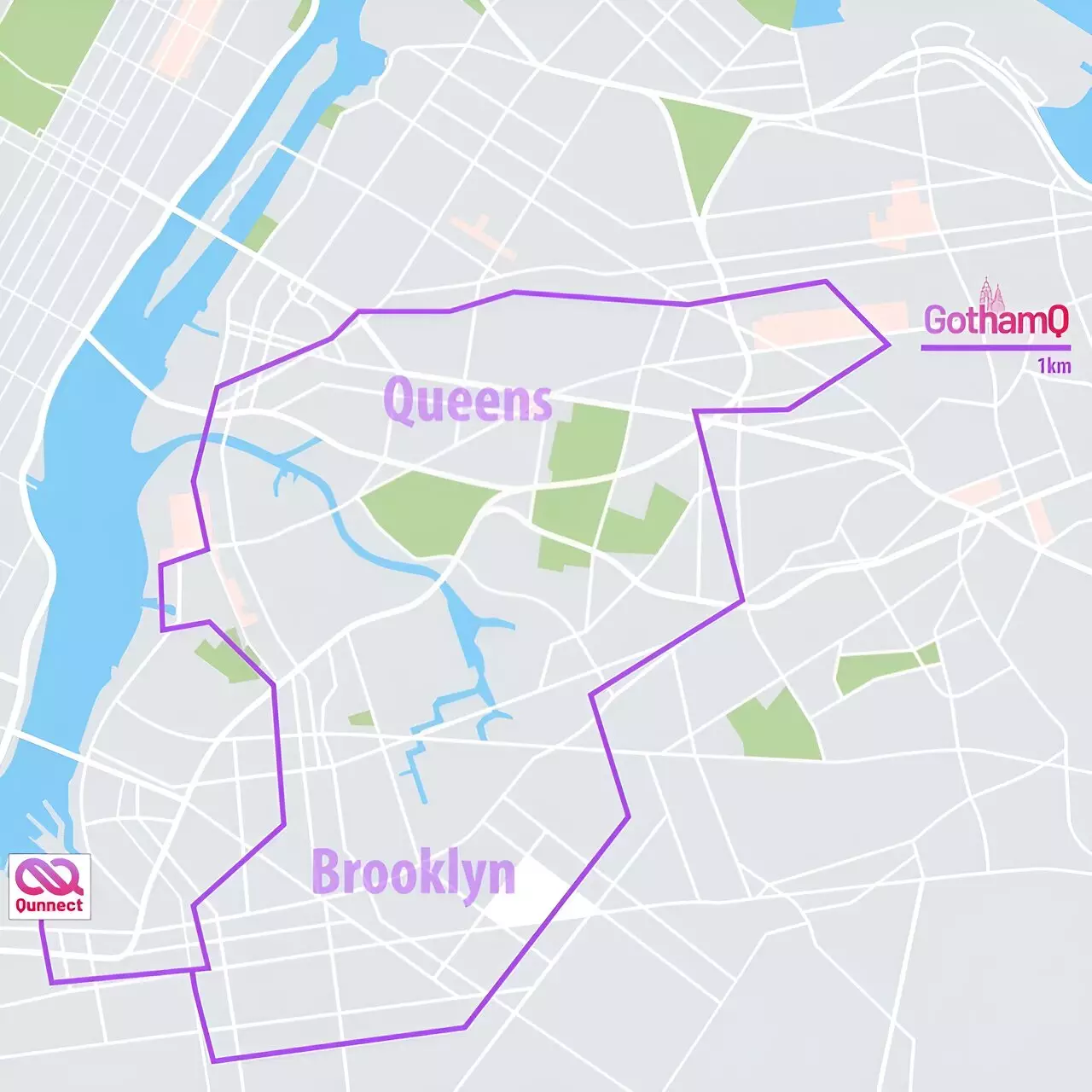The realm of quantum networks is rapidly expanding, with engineers facing challenges in maintaining the stability of entangled states in fiber cables and optimizing signal delivery efficiency. Qunnect Inc. in Brooklyn, New York, has made significant strides in this area by successfully operating a quantum network beneath the bustling streets of New York City. This marks a groundbreaking achievement in the field, as previous attempts at transmitting entangled photons have been plagued by noise and polarization drift issues in the fiber environment.
The team at Qunnect utilized a leased 34-kilometer-long fiber circuit, dubbed the GothamQ loop, for their prototype network. By employing polarization-entangled photons, they were able to sustain operations for 15 consecutive days with an impressive uptime of 99.84%. The entangled photon pairs were transmitted at a rate of approximately 20,000 per second, achieving a compensation fidelity of 99%. Even at a higher rate of half a million entangled photon pairs per second, the fidelity remained close to 90%. This showcases the robustness and reliability of their network design.
Polarized photons play a crucial role in quantum networks due to their ease of creation, manipulation, and measurement. In the case of Qunnect’s network, an infrared photon at a wavelength of 1,324 nanometers was entangled with a near-infrared photon at 795 nm. This wavelength compatibility with rubidium atomic systems allows for seamless integration with existing quantum technologies such as quantum memories and processors. However, the team had to address polarization drift, which was found to be both wavelength and time dependent, necessitating the development of active compensation methods at specific wavelengths.
To combat disturbances in polarization caused by external factors like vibrations and fluctuations in the fiber cable, the Qunnect team implemented automated polarization compensation (APC) devices. By sending classical photon pairs down the fiber with known polarizations, they could accurately measure and correct any polarization drift that occurred. This proactive approach ensured the stability and reliability of the entangled photon pairs traversing the network.
Implications for Quantum Internet
The success of Qunnect’s GothamQ loop demonstration signifies a significant step towards realizing a fully automated entanglement network, a critical requirement for the development of a quantum internet. The hands-off nature of operation, extended duration of the experiment, and impressive uptime percentage underscore the practicality and scalability of their approach. Namazi’s assertion that all components have been made rack-mounted for universal deployment further solidifies the feasibility of widespread quantum networking applications.
Qunnect’s pioneering work in establishing a stable and efficient quantum network in New York City heralds a new era of quantum communications. By addressing key challenges such as polarization drift and noise in fiber environments, they have laid a solid foundation for the future development of quantum technologies. As quantum networks continue to evolve and expand, the innovations and advancements made by Qunnect serve as a beacon of progress in this transformative field.


Leave a Reply